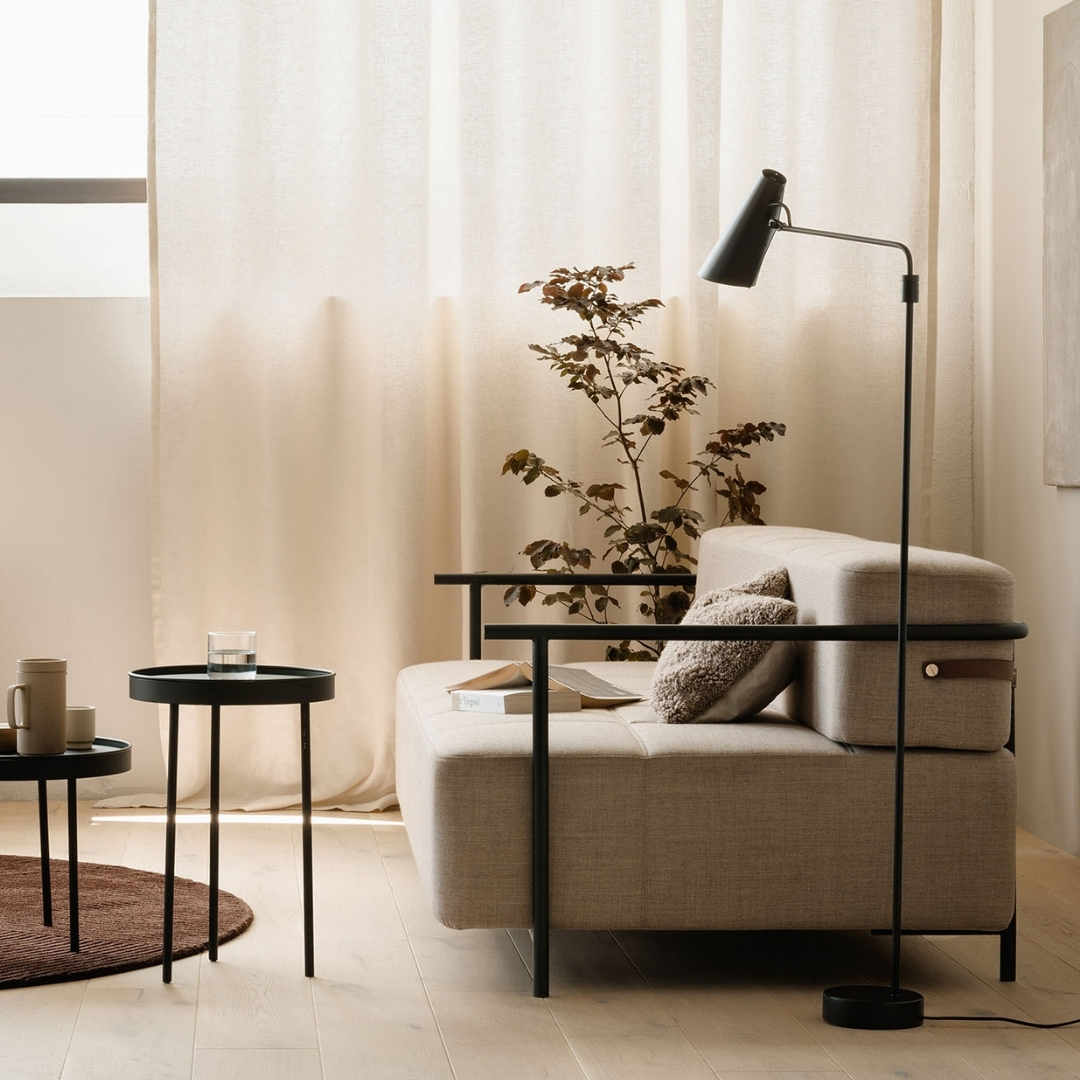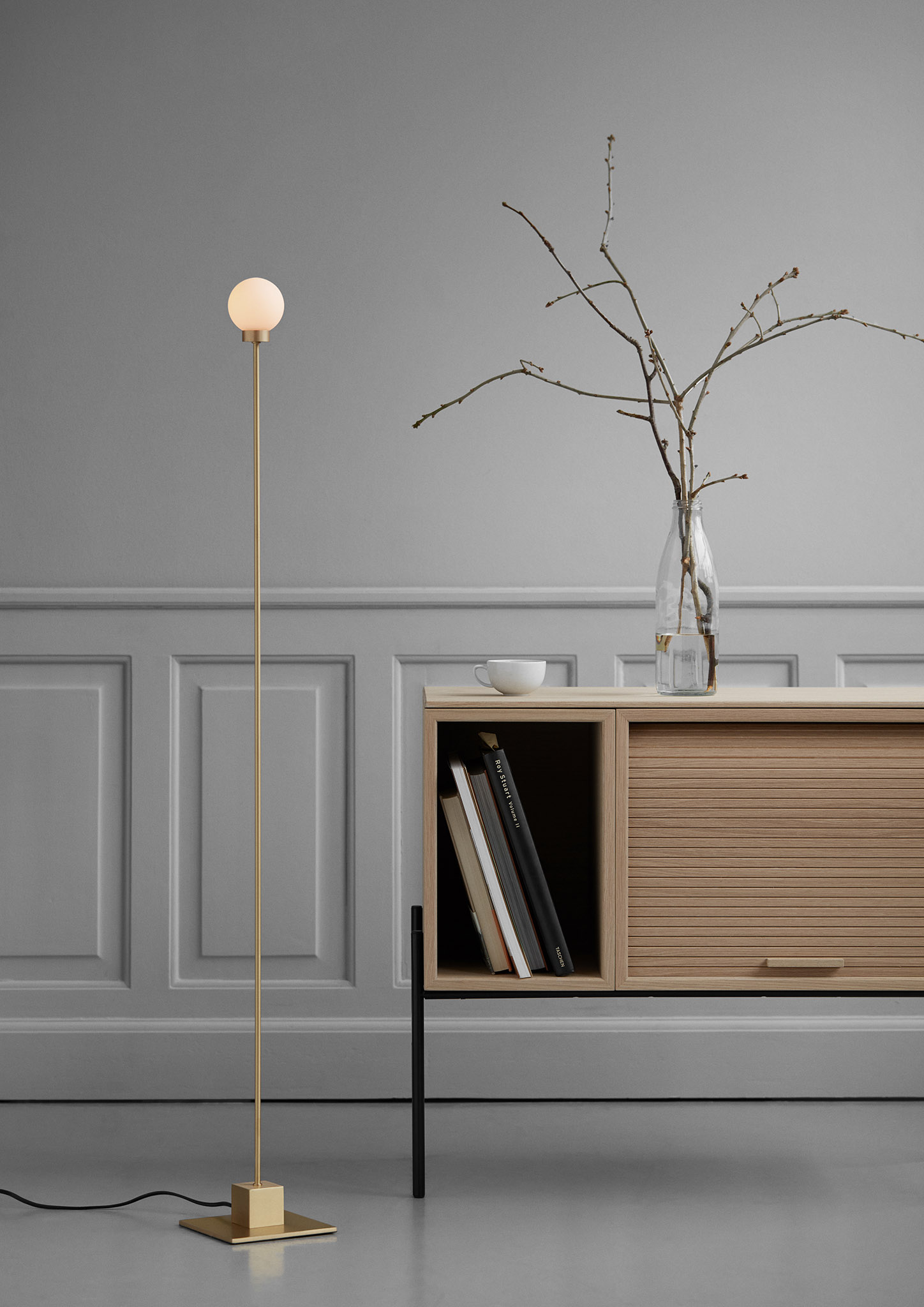The Northern
Guide to Lighting

“Buy with your heart and eyes. A lamp that you love will stay with you for a long time.”
At the flick of a switch, light has the power to transform the space we are in. With the lighting we choose, where we place it and how we use it affects our energy, mood, and wellbeing.
Lighting design and decorating with light doesn’t need to be complicated; and we should know. After all, it’s in our DNA. So that’s why, with help from Northern’s Design Director Jonas Norheim, we have compiled our three-step all-you-need-to-know lighting guide.
- Think about what you need it to do
- Think about what you want it to look like
- Think about how you want it to feel

Think about what you need it to
The first mistake people often make is treating lighting as an afterthought. When planning a room it is vital to think about both the design and the function of lighting from the outset.
Take time to consider the different types of lighting required and what you need it to do.
You might choose a ceiling lamp that spreads a pool of light over the whole room, a table lamp to read by, or a desk light for work. You should also think about parts of the room you want to accentuate or hide with the help of a floor lamp or wall light.
Reveal pendant lamp, Birdy Swing table lamp
Ombre table lamp

“The lighting you buy should always fulfil a purpose as well as fit the room it is going to be in.”

Think about what you want it to look like
It is recommended that the average room should have between five and seven lighting points, so next you need to think about how these layers of light will work together and how to get the balance right.
Remember light needs to come from above, the sides and below. So this means there are different lighting designs to achieve this. Directional lighting provides a directed beam of light and is most suitable for functional purposes, while non-directional light, can be either diffused through a shade or reflected off a surface, creating a cosier and more intimate look.


Think about how you want it to feel
We all have a deep evolutionary response to natural light. Whether it’s sunlight, moonlight, or firelight; the positive affect it has on our bodies and minds is what we are essentially trying to recreate in our homes.
Ultimately the feel of a room and our experiences within it are based on the quality of the artificial light we use, its temperature and colour. Clear glass shades for example work best with clear light bulbs that can be dimmed and the strength of the light controlled. Pearl bulbs give off a softer light and work well in most lamps, although a dark lampshade will throw the light up and down, while a paler or patterned one lets the light escape more evenly. Finally mirror-topped bulbs are best suited for open light fittings to prevent glare.
Say My name table lamp, Unika pendant lamp, Dahl pendant lamp




“Regardless of your personal interior style good lighting should always feel right to the situation you are in.”
